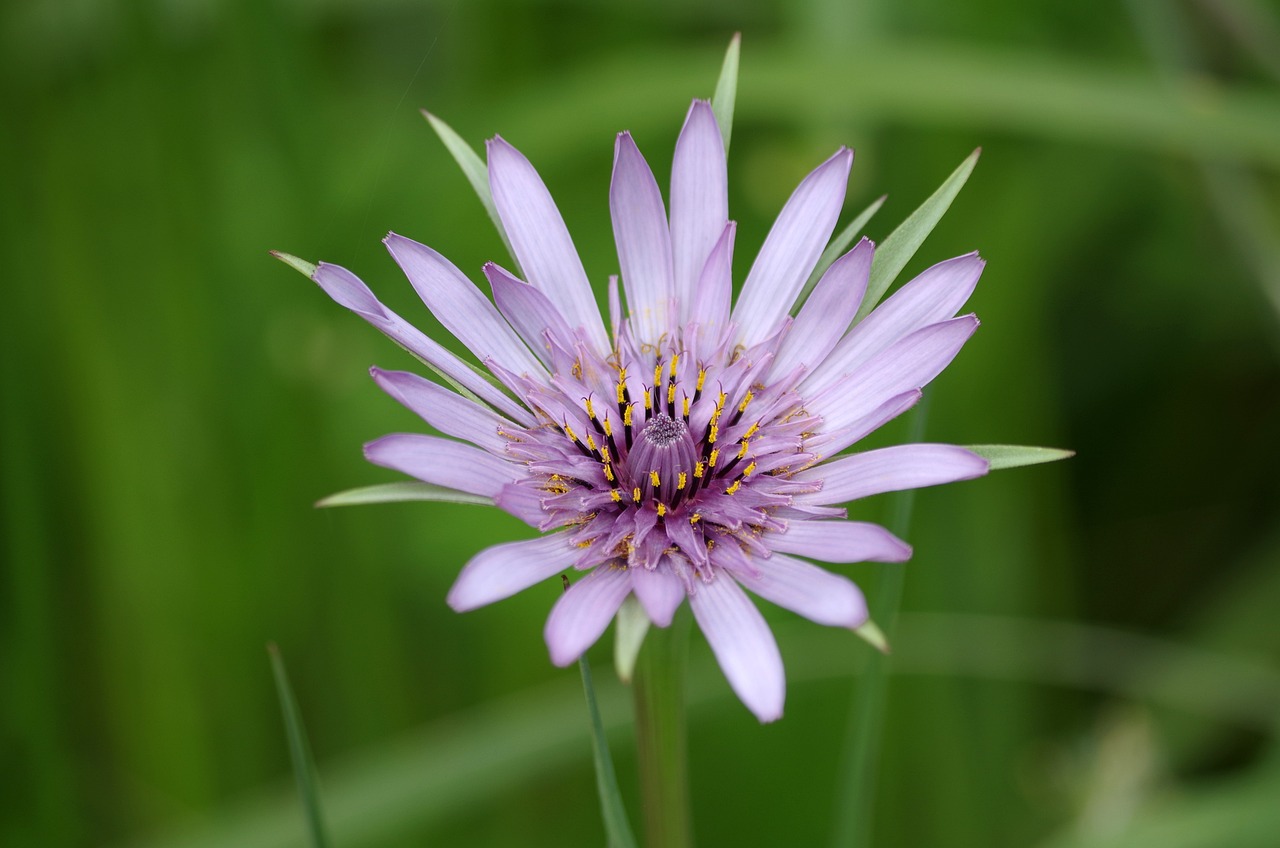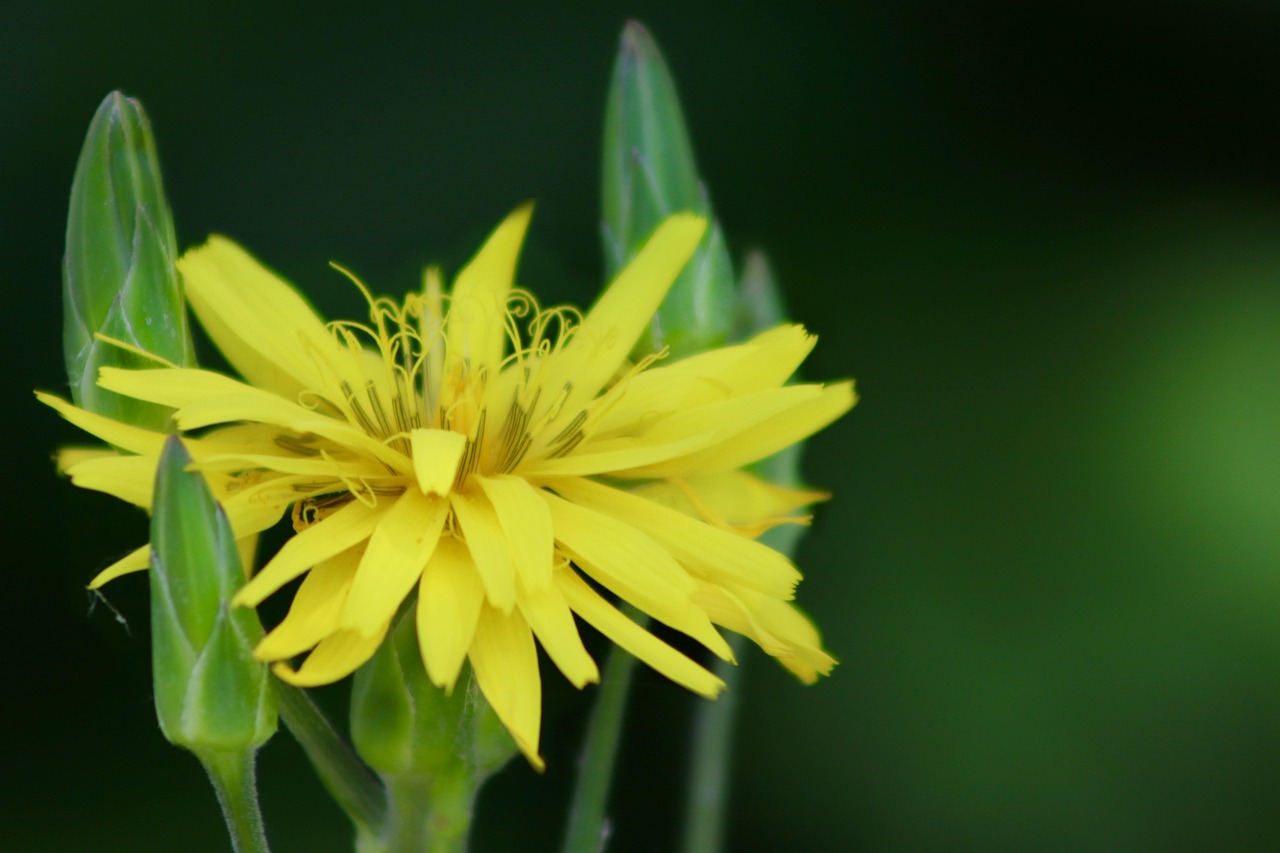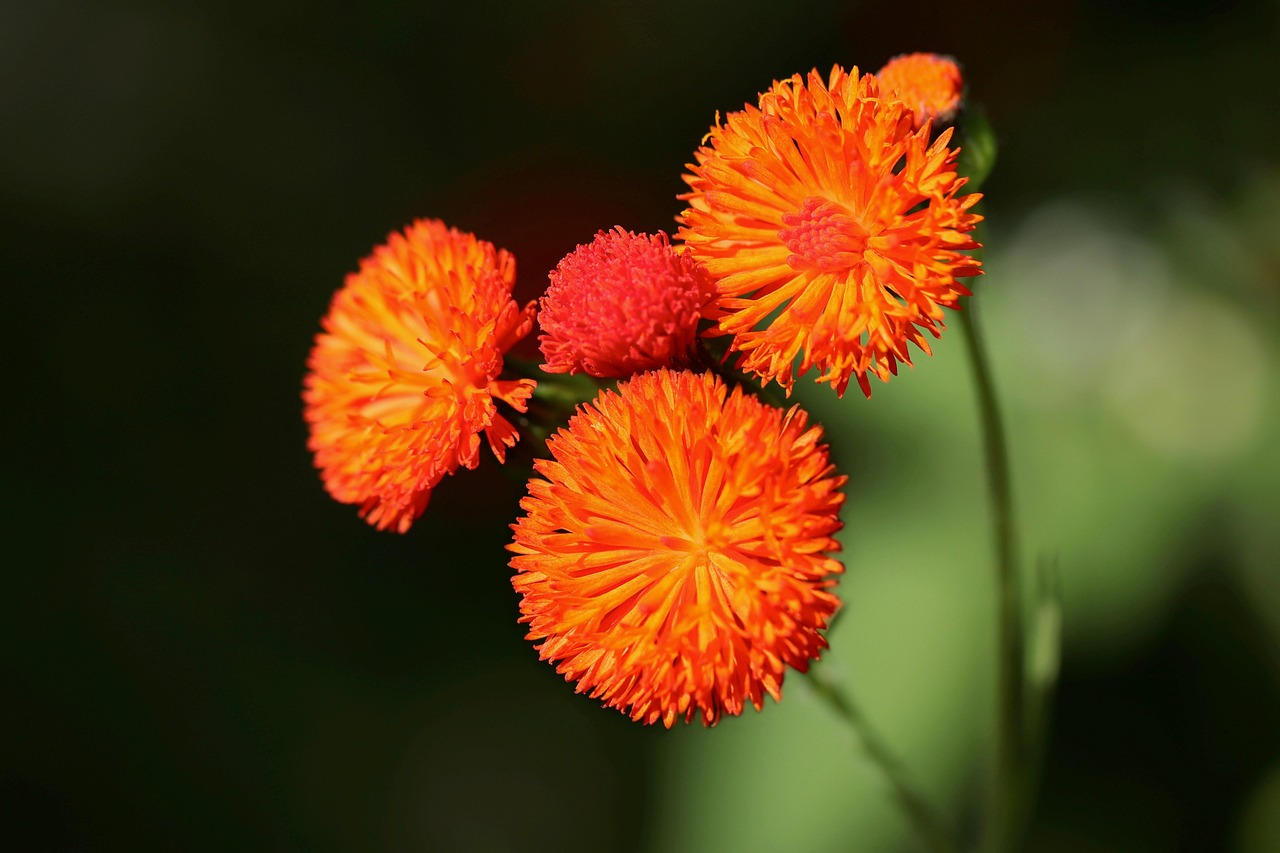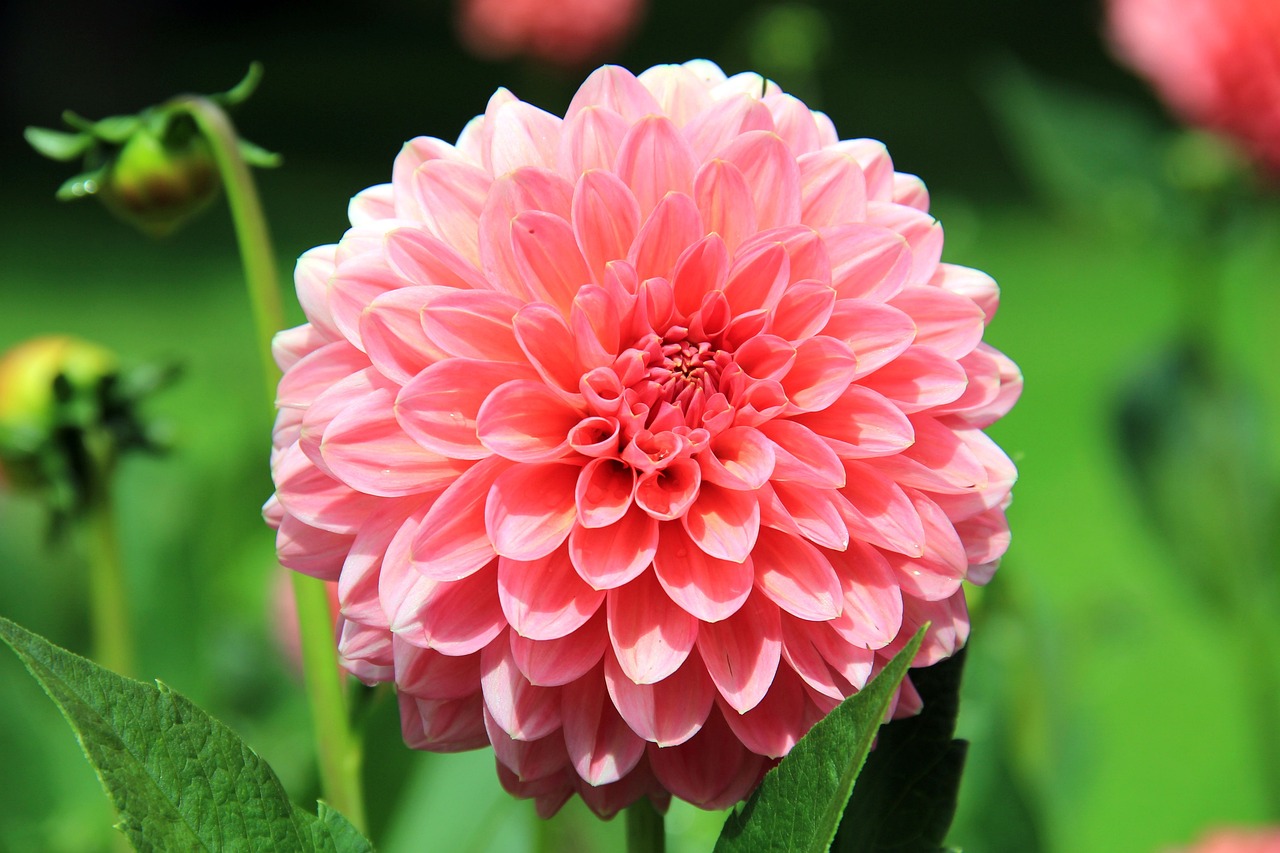Hemp Agrimony | A Historic Wildflower Engraved in Poetry and Herbals
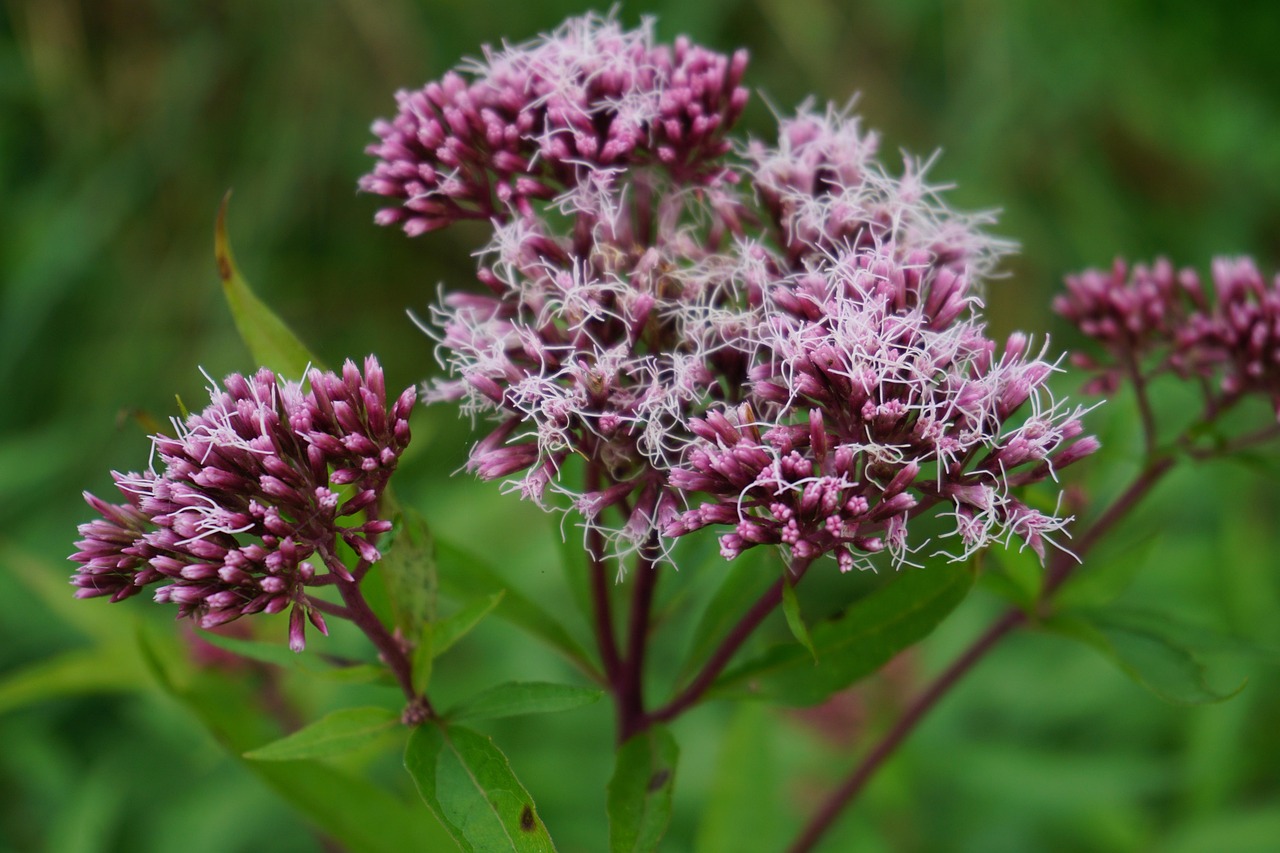
Hemp agrimony is a perennial herb native to Europe and parts of Asia, characterized by clusters of small, pinkish flowers. Blooming from summer to autumn, it attracts insects and is also valued as a plant that enriches the biodiversity of the garden.
In this article, I will provide detailed information about hemp agrimony, including its basic characteristics, cultural and historical significance, and tips for cultivation.
Basic Information
- Scientific name: Eupatorium cannabinum
- Family: Asteraceae
- Origin: Europe, Western Asia
- Appearance: It grows to a height of about 1–1.5 meters. The leaves are narrow and deeply lobed, and from summer to autumn, clusters of pale pink flowers bloom, giving the plant a soft and delicate impression.
- Flowering season: July–September
Cultural Significance Around the World
Hemp agrimony has long been cherished in Europe as a traditional plant.
In the United Kingdom, it grows naturally in wetlands and along riversides, and is recognized as a plant that brightens the late summer season. Its ability to attract butterflies and bees has also made it a popular choice in gardens, where it offers harmony with nature.
In France and Germany, it has spread along meadows and forest edges, becoming a familiar part of rural landscapes.
During the Middle Ages, it appeared in folklore and literature, often depicted alongside other plants of the forest and riverside.
In Asia, where its natural distribution is limited, hemp agrimony has been introduced in certain countries as an ornamental plant. It is appreciated in naturalistic gardens for its wild and rustic character.
Historical Background
Hemp agrimony is a plant with a long and storied history.
In ancient Rome, its presence in wetlands made it a familiar sight, and it was sometimes represented in poetry and painting.
In medieval Europe, its dense growth along rivers and marshes symbolized a lifestyle in harmony with nature.
In Britain and France, there are records of the plant being cultivated in monastic gardens, where it became part of the garden culture.
By the 18th century, hemp agrimony gained recognition as a valuable ornamental plant, grown in aristocratic gardens and botanical collections.
In the 19th century, it became an essential element of garden design, particularly in naturalistic gardens that sought to recreate the English countryside.
Later, it was also planted in urban parks and nature reserves, and today it continues to be cultivated in gardens throughout Europe.
Gardening Advice
Hemp agrimony is relatively easy to grow, but it thrives best under the right conditions. Please keep the following points in mind:
Sunlight
Prefers full sun but can also tolerate partial shade.
Watering
Requires moist soil; water regularly to prevent dryness, especially in summer. Water thoroughly once the soil surface dries.
Soil
Needs well-drained yet moisture-retentive soil. Adding leaf mold improves conditions.
Fertilizer
Apply slow-release fertilizer once or twice a month during the growing season to encourage flowering. Avoid over-fertilization.
Hardiness
Tolerates cold climates fairly well, but in extreme conditions, protect the base with mulch during winter.
Conclusion
Hemp agrimony is a perennial herb widely distributed across Europe and Asia, known for creating natural landscapes.
In Britain and France, it has long been associated with wetlands, and in the Middle Ages, it was even grown in monastic gardens.
Since the 19th century, it has been appreciated as an ornamental plant and incorporated into naturalistic gardens.
It thrives in moist soil and sunny conditions, rewarding the gardener with delicate flowers that enrich the garden’s ecosystem. I encourage you to include it as part of your gardening space to bring harmony and beauty to your natural surroundings.


